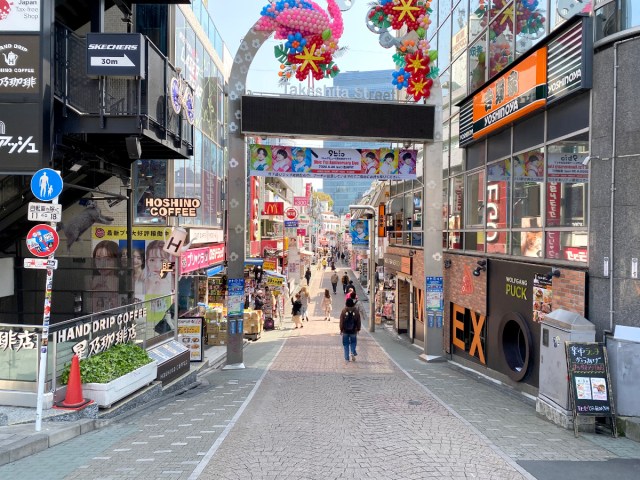
Does this mean young people are heeding the government’s advice to stay at home?
Japan is currently standing at a critical juncture in its fight to contain the growing coronavirus pandemic, with Prime Minister Abe saying the country is “on the brink” of declaring a national emergency as the number of new cases continue to rise each day.
While a growing sense of uncertainty is being felt around the country, nowhere is the threat more great than in the nation’s capital of Tokyo. Just this past week, Tokyo has seen its number of new coronavirus cases double, reaching numbers greater than anywhere else in the country with a frighteningly high 97 new cases recorded in the city on 2 April.
The steep rise in the curve has prompted Tokyo Governor, Yuriko Koike, to urge people to avoid going out at night, stay home as much as possible, and avoid all non-urgent and non-essential travel. While previous requests for restraint on outdoor activities did little to stop people from meeting up for hanami cherry blossom-viewing parties in parks, there’s now an increased sense of urgency to the message. This prompted our reporter P.K. Sanjun to wonder: Are young people now heeding the government’s advice to stay indoors?
If you want to see what the city’s young people are up to, the place to go is Harajuku, so P.K. took a walk to the area, stopping first at the shiny, new, recently opened Harajuku Station.
▼ The station at noon on Friday.
The footpath outside the station is usually packed with all sorts of people every day of the week — ordinarily you’d see international tourists stopping to take photographs, locals waiting to meet friends, and groups gathering at the crossings as they wait for the lights to change. Today, though, there was just a scattering of people around, and they all seemed to be individuals simply going about their business.
Crossing the street to the area’s famous Takeshita Dori, P.K. stopped for a moment to take it all in, as he’d never seen the usually crowded thoroughfare this quiet before.
▼ For a comparison, this is what Takeshita Dori usually looks like.
Normally crowded with people shoulder-to-shoulder, Takeshita Dori was now a shadow of its usual self. With school closures extended through April in Tokyo, P.K. had expected to see quite a few young people browsing the hip, youth-oriented stores and taking advantage of the holiday, but they just weren’t here.
▼ Most people appeared to be walking through the area to get to somewhere else.
As P.K. ventured further down the street, the stark contrast between the open stores and lack of customers made him wonder how much money these businesses stood to lose during the outbreak.
▼ No customers were to be found, even at the area’s most popular stores.
Just around the corner, at the Laforet Harajuku shopping complex, 90 percent of the people inside were store clerks. Given that recent interviews on television with young people at Shibuya Station revealed a number of them weren’t too concerned about the pandemic, P.K. was pleasantly surprised to see that young Harajuku lovers appeared to be putting a hold on their shopping trips to the area.
Despite his initial scepticism towards the attitude of millennials during the outbreak, P.K. left Harajuku feeling a glimmer of hope for the future. If people young and old continue to take the government’s advice to stay indoors seriously, Tokyoites stand a much better chance of flattening the rising curve that’s playing on everyone’s minds right now.
Here’s hoping the public stays vigilant in the long and drawn out fight that lies ahead, so we can get back to life as usual and avoid a possible lockdown in the capital.
Photos © SoraNews24
● Want to hear about SoraNews24’s latest articles as soon as they’re published? Follow us on Facebook and Twitter!
[ Read in Japanese ]

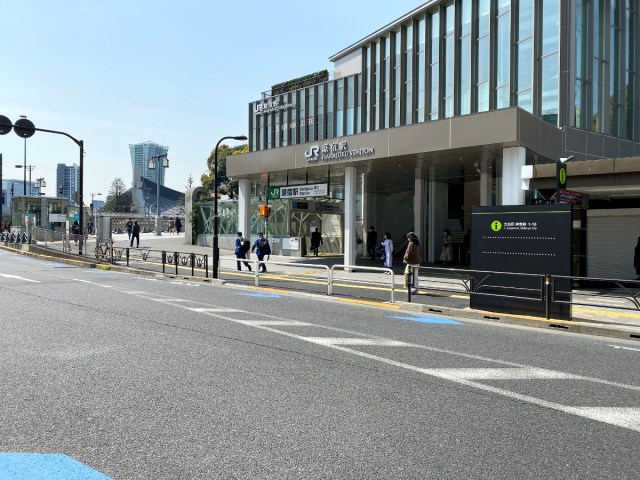
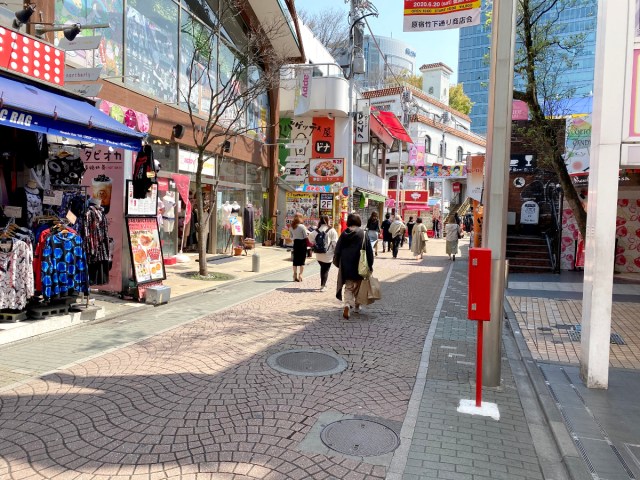
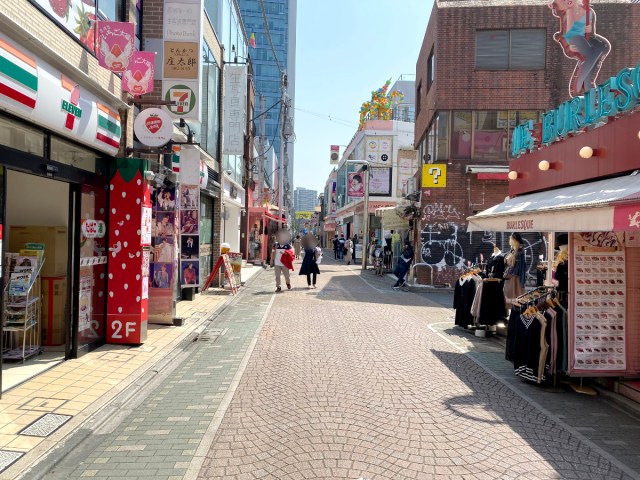
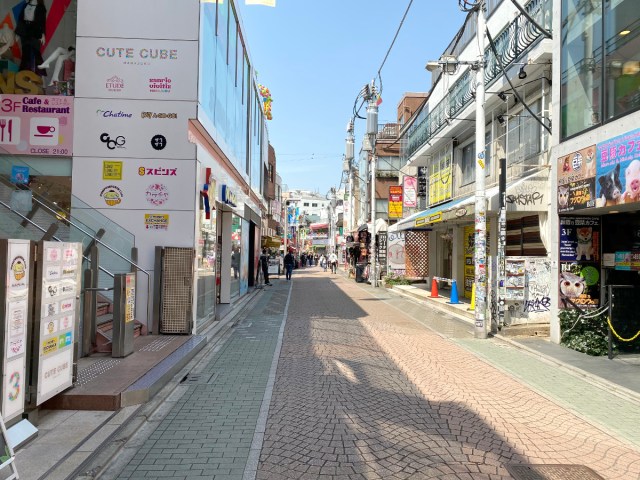
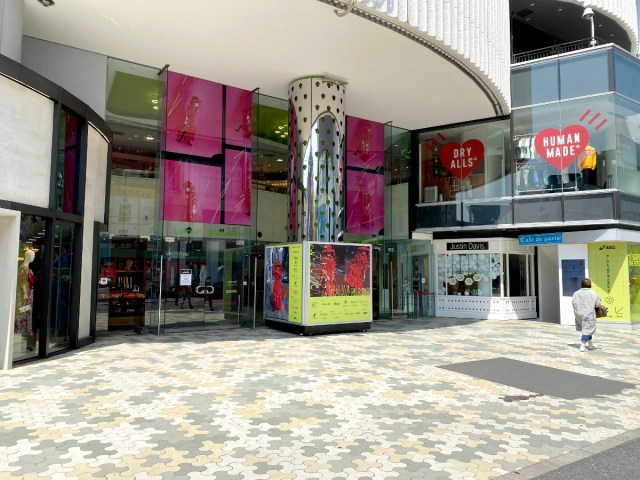
 Catch trendy Pokémon at Harajuku’s Takeshita Street for a limited time
Catch trendy Pokémon at Harajuku’s Takeshita Street for a limited time Nine injured in Tokyo after man drives car into pedestrians on Takeshita Street in Harajuku
Nine injured in Tokyo after man drives car into pedestrians on Takeshita Street in Harajuku Tokyo goes dark as Governor asks for lights out in the city to help fight pandemic 【Pics, Videos】
Tokyo goes dark as Governor asks for lights out in the city to help fight pandemic 【Pics, Videos】 Huge crowds gather for Halloween in Japan despite calls to stay home【Photos】
Huge crowds gather for Halloween in Japan despite calls to stay home【Photos】 What’s it like to watch a sumo tournament in Tokyo during the pandemic?
What’s it like to watch a sumo tournament in Tokyo during the pandemic? Disney princesses get official manga makeovers for Manga Princess Cafe opening in Tokyo
Disney princesses get official manga makeovers for Manga Princess Cafe opening in Tokyo Our reporter takes her 71-year-old mother to a visual kei concert for the first time
Our reporter takes her 71-year-old mother to a visual kei concert for the first time Beautiful new Final Fantasy T-shirt collection on the way from Uniqlo【Photos】
Beautiful new Final Fantasy T-shirt collection on the way from Uniqlo【Photos】 Hey, Japanese taxi driver! Take us to your favorite restaurant in Tsuruga City!
Hey, Japanese taxi driver! Take us to your favorite restaurant in Tsuruga City! Foreign English teachers in Japan pick their favorite Japanese-language phrases【Survey】
Foreign English teachers in Japan pick their favorite Japanese-language phrases【Survey】 Is the new Shinkansen Train Desk ticket worth it?
Is the new Shinkansen Train Desk ticket worth it?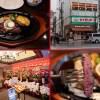 A new meaty dawn for Akihabara as neighborhood’s best steak/hamburger steak restaurant reopens
A new meaty dawn for Akihabara as neighborhood’s best steak/hamburger steak restaurant reopens Conan O’Brien turns into a goldfish for a surprise Korean drama cameo
Conan O’Brien turns into a goldfish for a surprise Korean drama cameo New Pokémon cakes let you eat your way through Pikachu and all the Eevee evolutions
New Pokémon cakes let you eat your way through Pikachu and all the Eevee evolutions Randomly running into a great sushi lunch like this is one of the best things about eating in Tokyo
Randomly running into a great sushi lunch like this is one of the best things about eating in Tokyo We try out “Chan Ramen”, an underground type of ramen popular in the ramen community
We try out “Chan Ramen”, an underground type of ramen popular in the ramen community New Studio Ghibli bedding sets are cool in all senses of the word
New Studio Ghibli bedding sets are cool in all senses of the word Our Japanese reporter visits Costco in the U.S., finds super American and very Japanese things
Our Japanese reporter visits Costco in the U.S., finds super American and very Japanese things There’s a park inside Japan where you can also see Japan inside the park
There’s a park inside Japan where you can also see Japan inside the park Japanese convenience store packs a whole bento into an onigiri rice ball
Japanese convenience store packs a whole bento into an onigiri rice ball Hanton rice — a delicious regional food even most Japanese people don’t know about, but more should
Hanton rice — a delicious regional food even most Japanese people don’t know about, but more should Final Fantasy, Kingdom Hearts, and Dragon Quest pet product line announced by Square Enix
Final Fantasy, Kingdom Hearts, and Dragon Quest pet product line announced by Square Enix Studio Ghibli releases Kiki’s Delivery Service chocolate cake pouches in Japan
Studio Ghibli releases Kiki’s Delivery Service chocolate cake pouches in Japan Japan’s bone-breaking and record-breaking roller coaster is permanently shutting down
Japan’s bone-breaking and record-breaking roller coaster is permanently shutting down New definition of “Japanese whiskey” goes into effect to prevent fakes from fooling overseas buyers
New definition of “Japanese whiskey” goes into effect to prevent fakes from fooling overseas buyers Foreign passenger shoves conductor on one of the last full runs for Japan’s Thunderbird train
Foreign passenger shoves conductor on one of the last full runs for Japan’s Thunderbird train Kyoto bans tourists from geisha alleys in Gion, with fines for those who don’t follow rules
Kyoto bans tourists from geisha alleys in Gion, with fines for those who don’t follow rules Studio Ghibli unveils Mother’s Day gift set that captures the love in My Neighbour Totoro
Studio Ghibli unveils Mother’s Day gift set that captures the love in My Neighbour Totoro Domino’s Japan now sells…pizza ears?
Domino’s Japan now sells…pizza ears? Toyota built a life-sized Miraidon Pokémon and are letting people test drive it this weekend
Toyota built a life-sized Miraidon Pokémon and are letting people test drive it this weekend New Japanese KitKat flavour stars Sanrio characters, including Hello Kitty
New Japanese KitKat flavour stars Sanrio characters, including Hello Kitty Sales of Japan’s most convenient train ticket/shopping payment cards suspended indefinitely
Sales of Japan’s most convenient train ticket/shopping payment cards suspended indefinitely Sold-out Studio Ghibli desktop humidifiers are back so Totoro can help you through the dry season
Sold-out Studio Ghibli desktop humidifiers are back so Totoro can help you through the dry season Japanese government to make first change to romanization spelling rules since the 1950s
Japanese government to make first change to romanization spelling rules since the 1950s Ghibli founders Toshio Suzuki and Hayao Miyazaki contribute to Japanese whisky Totoro label design
Ghibli founders Toshio Suzuki and Hayao Miyazaki contribute to Japanese whisky Totoro label design Doraemon found buried at sea as scene from 1993 anime becomes real life【Photos】
Doraemon found buried at sea as scene from 1993 anime becomes real life【Photos】 Tokyo’s most famous Starbucks is closed
Tokyo’s most famous Starbucks is closed One Piece characters’ nationalities revealed, but fans have mixed opinions
One Piece characters’ nationalities revealed, but fans have mixed opinions We asked a Uniqlo employee what four things we should buy and their suggestions didn’t disappoint
We asked a Uniqlo employee what four things we should buy and their suggestions didn’t disappoint Princesses, fruits, and blacksmiths: Study reveals the 30 most unusual family names in Japan
Princesses, fruits, and blacksmiths: Study reveals the 30 most unusual family names in Japan Studio Ghibli’s new desktop Howl’s Moving Castle will take your stationery on an adventure
Studio Ghibli’s new desktop Howl’s Moving Castle will take your stationery on an adventure Evangelion joins the fight against COVID-19 with this amazing awareness campaign
Evangelion joins the fight against COVID-19 with this amazing awareness campaign Man crosses Shibuya scramble crossing in inflatable ball
Man crosses Shibuya scramble crossing in inflatable ball Mask rules in Japan have changed…so are people still wearing them?
Mask rules in Japan have changed…so are people still wearing them? Should you get up early to see the sakura cherry blossoms in Tokyo?
Should you get up early to see the sakura cherry blossoms in Tokyo? Noodle joint in Harajuku becomes a hot topic with foreigners on Reddit, but is it any good?
Noodle joint in Harajuku becomes a hot topic with foreigners on Reddit, but is it any good? What pandemic? Onsen towns, hiking trails and theme parks packed with crowds on four-day weekend
What pandemic? Onsen towns, hiking trails and theme parks packed with crowds on four-day weekend New GU Pokémon collaboration: Worth the risk of catching coronavirus?
New GU Pokémon collaboration: Worth the risk of catching coronavirus? Masks should still be worn indoors, majority of Japanese people in poll say
Masks should still be worn indoors, majority of Japanese people in poll say With Japan’s day care shortage, how hard is it to bring your baby to work with you? We experiment
With Japan’s day care shortage, how hard is it to bring your baby to work with you? We experiment Secret lunch spot in Tokyo’s Muji Hotel is a hidden gem that few people know about
Secret lunch spot in Tokyo’s Muji Hotel is a hidden gem that few people know about Tokyo snowfall, the heaviest in four years, causes chaos in the capital 【Photos】
Tokyo snowfall, the heaviest in four years, causes chaos in the capital 【Photos】 Shibuya locks down Hachiko statue for Halloween 2023 while Burger King Center Gai shuts its doors
Shibuya locks down Hachiko statue for Halloween 2023 while Burger King Center Gai shuts its doors Harajuku Station will be demolished after the Tokyo Olympics and Paralympics
Harajuku Station will be demolished after the Tokyo Olympics and Paralympics Japanese city cuts 800,000 tulips after people refuse to stay away despite coronavirus risks
Japanese city cuts 800,000 tulips after people refuse to stay away despite coronavirus risks Five things about New York that surprised our Japanese reporter
Five things about New York that surprised our Japanese reporter Japanese yokai starts appearing on Twitter to prevent the spread of COVID-19
Japanese yokai starts appearing on Twitter to prevent the spread of COVID-19
Leave a Reply